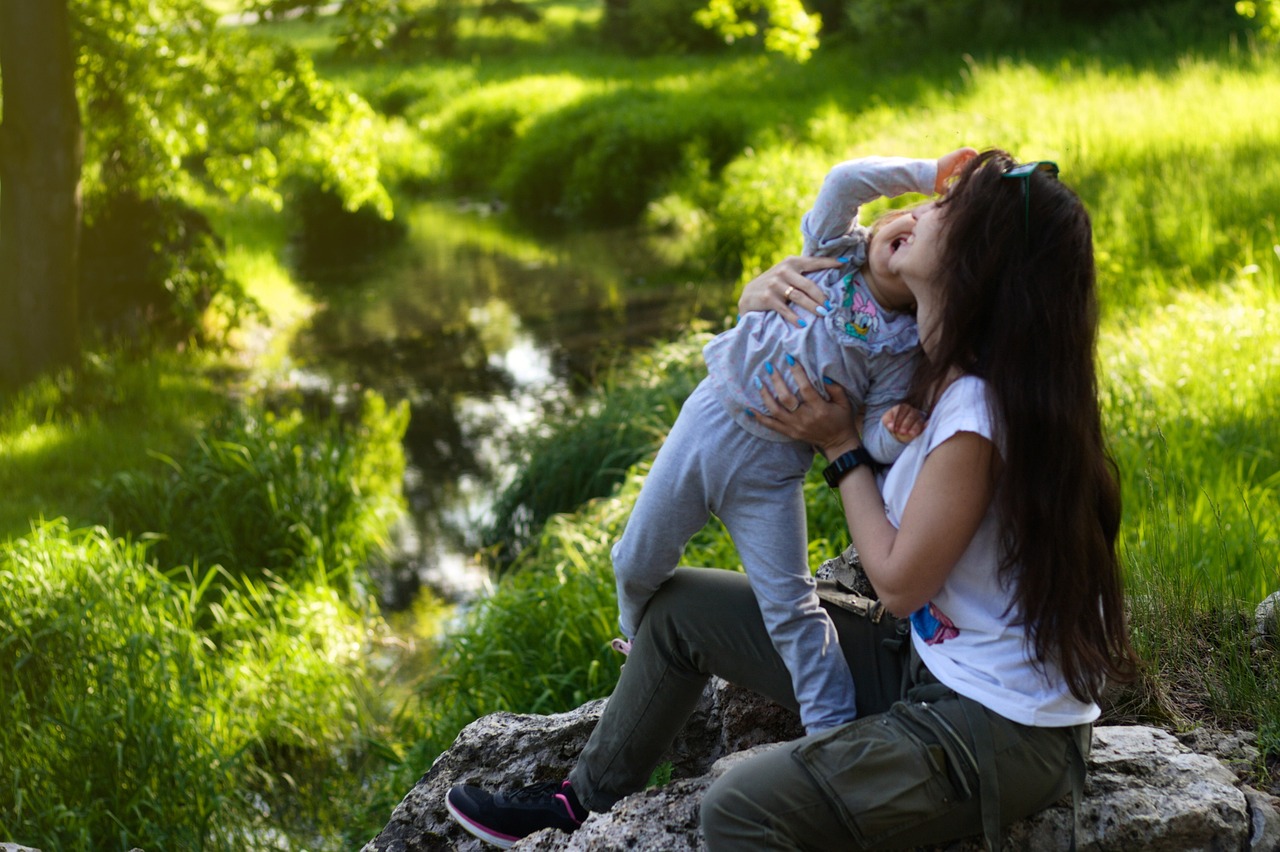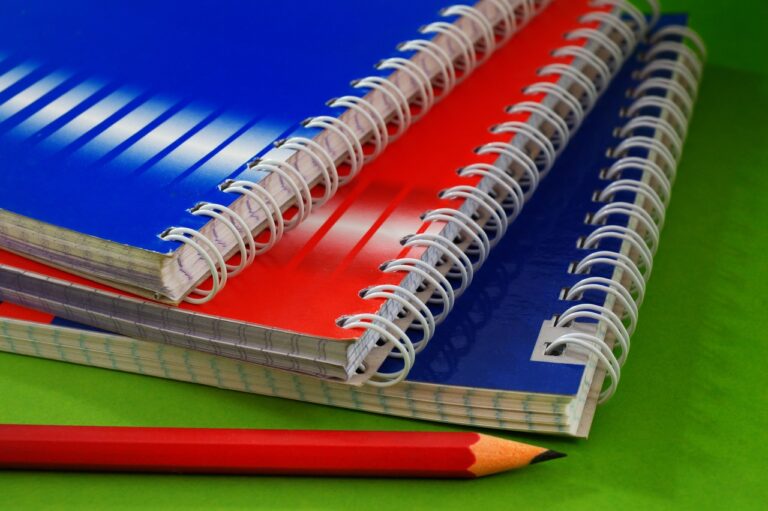Promoting Interfaith Education in Schools
Religious literacy plays a crucial role in fostering understanding and empathy in a diverse society. By being knowledgeable about various faith traditions, individuals are better equipped to engage in respectful conversations and bridge cultural divides. In a world where different beliefs and practices coexist, religious literacy serves as a foundation for promoting harmony and cooperation among people of different backgrounds.
Moreover, religious literacy helps combat stereotypes and prejudices by dispelling misconceptions and promoting accurate information about diverse faiths. When individuals are educated about the beliefs and practices of others, they are less likely to make assumptions based on limited knowledge or biased perspectives. This leads to a more inclusive and tolerant society where people can appreciate the richness of different religions and coexist peacefully.
Benefits of Teaching about Different Faiths in Schools
Teaching about different faiths in schools offers students the opportunity to gain a better understanding and appreciation of the diverse beliefs and practices within their communities. This exposure encourages empathy, acceptance, and respect for people from various religious backgrounds.
By incorporating lessons on different faiths into school curriculums, students can develop critical thinking skills as they analyze and compare the beliefs and values of different religions. This can help foster a sense of global citizenship and promote tolerance and inclusivity within the school environment and beyond.
Strategies for Incorporating Interfaith Education into Curriculum
Incorporating interfaith education into the curriculum can greatly enhance students’ understanding and appreciation of diverse religious beliefs. One effective strategy is to include lessons and activities that explore the core tenets and practices of different faith traditions. By providing this knowledge, students can develop empathy and respect for others’ beliefs, fostering a more inclusive and harmonious learning environment.
Another approach is to invite guest speakers from various religious backgrounds to share their personal stories and insights with students. This firsthand experience allows students to engage with individuals from different faith communities, promoting interfaith dialogue and understanding. Additionally, incorporating field trips to visit places of worship representing different religions can help students visualize and experience the diversity of spiritual practices in their community.
• Encourage open discussions about religious beliefs and practices in a respectful manner
• Assign projects that require students to research and present on different faith traditions
• Organize interfaith events or panels where students can interact with members of various religious communities
Why is religious literacy important in a diverse society?
Religious literacy is important in a diverse society because it promotes understanding, tolerance, and respect for different beliefs and cultures. It helps individuals navigate a world where people of various faiths coexist.
What are the benefits of teaching about different faiths in schools?
Teaching about different faiths in schools helps students develop a broader perspective, promotes empathy and tolerance, and prepares them to interact with people from diverse backgrounds in the future. It also helps combat stereotypes and discrimination.
How can teachers incorporate interfaith education into their curriculum?
Teachers can incorporate interfaith education into their curriculum by including lessons on different religions and belief systems, organizing guest speakers from various faith communities, incorporating multicultural literature, and encouraging open discussions about religious diversity in the classroom. They can also lead field trips to places of worship or cultural events related to different faiths.







